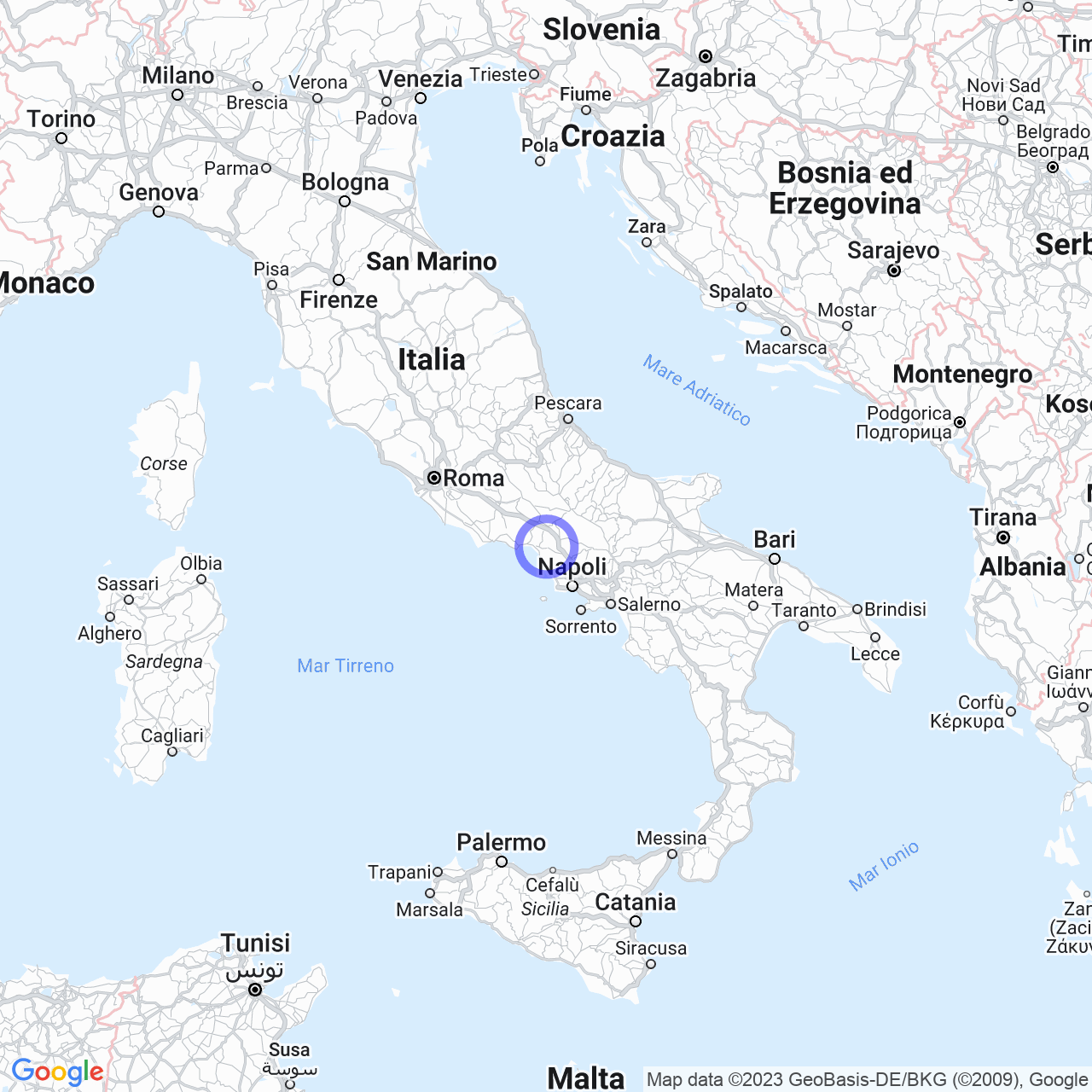Carano
Welcome to Carano: a charming ancient village
Welcome to Carano, a small village in the municipality of Sessa Aurunca in the province of Caserta. This small town is characterized by a strong religious presence, thanks to the Sanctuary dedicated to Mary the Virgin of Libera, recognized for the appearance of the Madonna through the painting kept in the Church.
Location: where is Carano
Carano is located along the SP 104 provincial road, which connects the SS 7 Via Appia to the SS7 Quater Via Domiziana, and is about 6 km away from the center of the municipality. Getting to this place is easy, thanks to the presence of good road connections.

The origin of the name Carano
The toponym of the town Carano derives from the name Garano, which means the God of beneficent light. According to a theory by Diamare, however, Carano may mean "Superior Head". However, the history of this small town remains still shrouded in mystery, as there are no relevant documents that attest to its foundation.
Discovering the origins of Carano
According to Tommasino, Carano is located near a Roman city called Vescia, near which some archaeological remains have been found. In the Derola area, about 2 km from the center of Carano, Professor Villucci found the remains of an ancient road which, according to his interpretation, could be a section of Via Adrianea, a major communication road between Suessa and Sinuessa used for the transport of goods such as oil, wine and cereals.
Places of interest in Carano
The main point of interest in Carano is the Church of Mary the Virgin of Libera, which dates back to 1650. The facade is simple but colorful, while the interior is a single nave with side arches that delimit niches with paintings from various periods. The altars are made of polychrome marble from the XVII and XVIII centuries and are decorated with paintings representing "Madonna del Rosario" or "Madonna with Child with Saint Rocco and Saint Sebastian". To enrich the heritage of the Church, there are also paintings such as "The Communion of the Apostles" and "Madonna of Suffrage with purgatory souls". The Sanctuary of Mary the Virgin of Libera is particularly venerated during the first Sunday of May, when thousands of people gather to celebrate the Virgin.
Conclusions
In conclusion, Carano is a small jewel with a strong religious and historical presence. In addition to the Church of Mary the Virgin of Libera, which houses paintings from various periods, it is also possible to admire the remains of Via Adrianea. If you are in the area, do not miss the opportunity to visit this small ancient village.
